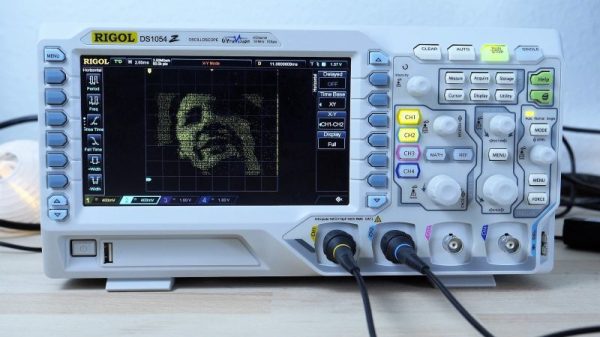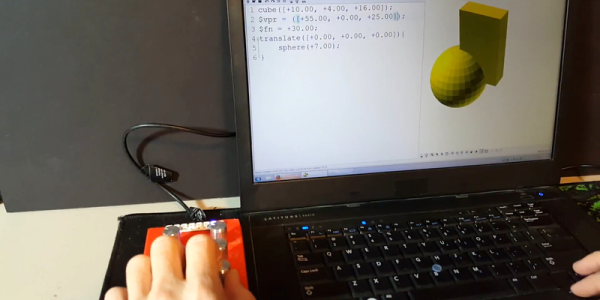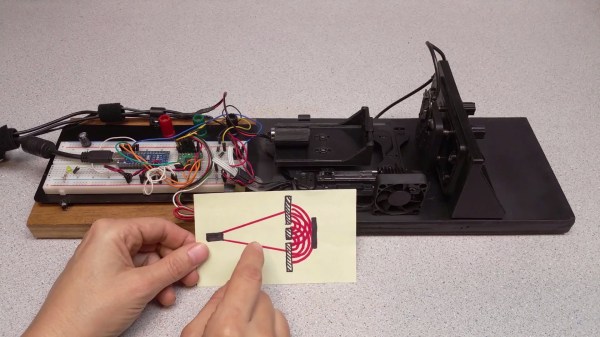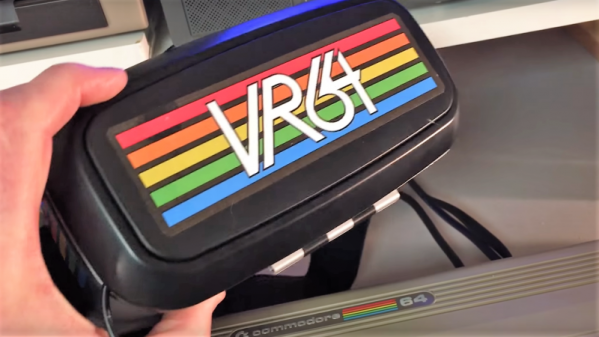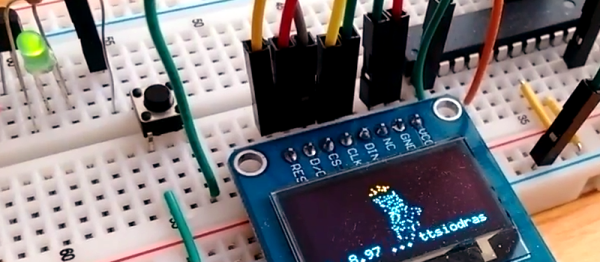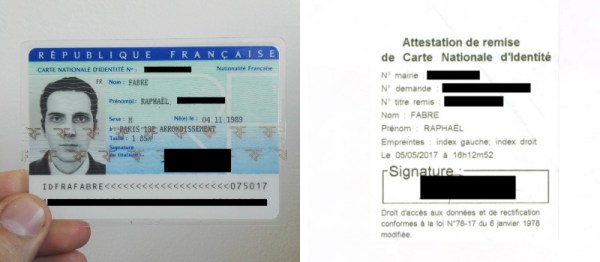Saying that something is a cinch is a way of saying that it is easy. Modeling a thin handle with a hole through the middle seems like it would be a simple task accomplishable in a single afternoon and that includes the time to print a copy or two. We are here to tell you that is only the first task when making tourniquets for gunshot victims. Content warning: there are real pictures of severe trauma. Below, is a video of a training session with the tourniquets in Hayat Center in Gaza and has a simulated wound on a mannequin.
On the first pass, many things are done correctly: the handle is the correct length and diameter, the strap hole fit the strap, and the part is well oriented on the platen. As with many first iterations, it looks good on a screen, but in the real world, we all live under Murphy’s law. In practice, some of the strap holes had sharp edges that cut into the strap, and one of the printed buckles broke unexpectedly.
On the whole, the low cost and availability of the open-source tourniquets outweigh the danger of operating without them. Open-source medical devices are not just for use in the field, they can help with training too. This tourniquet is saving people and proving that modeling skills can be a big help in the real world.
Continue reading “3D Printed Tourniquets Are Not A Cinch”


